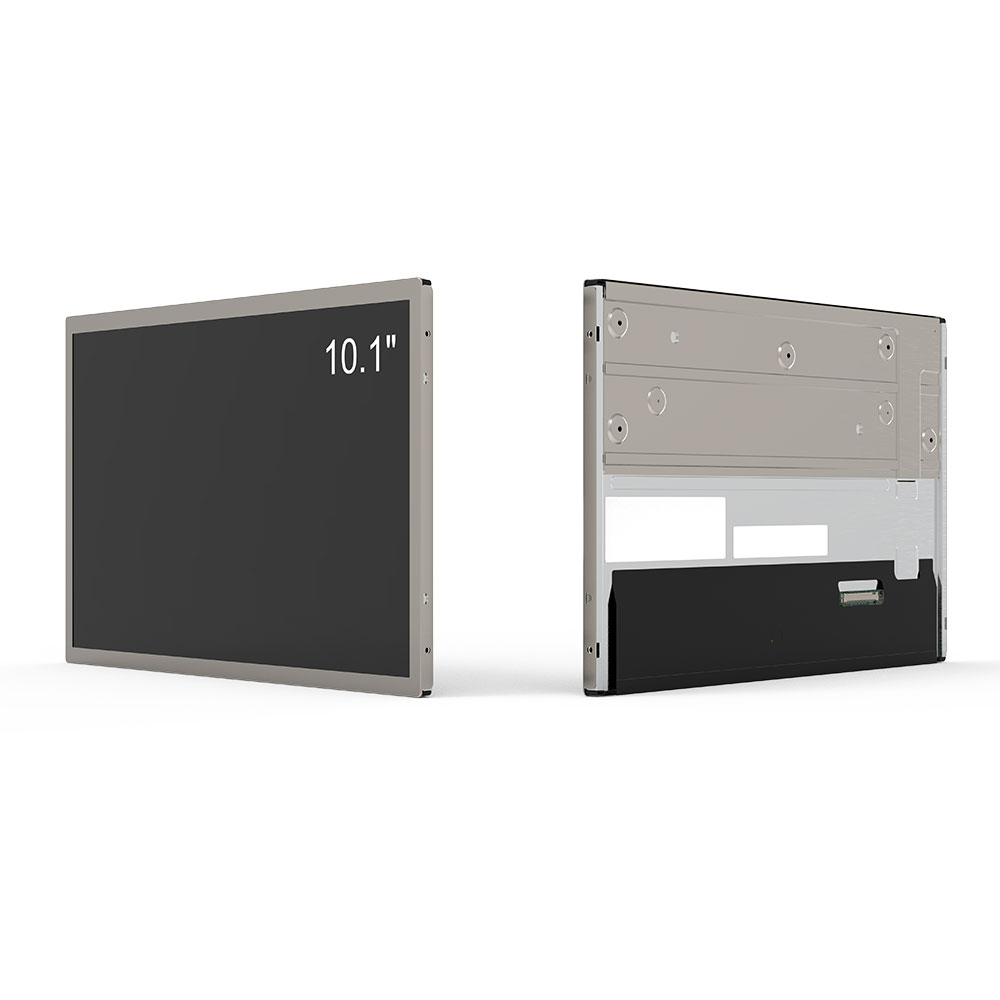When designing or selecting outdoor LCD screens for commercial, industrial, or public use, display ratio is a critical technical parameter that directly impacts content visibility, user experience, and overall system integration. Among the most commonly used ratios in outdoor applications—especially in kiosks, digital signage, and traffic information systems—the 4:3 aspect ratio remains a reliable standard, particularly for 15-inch, 17-inch, and 19-inch screen sizes.
The 4:3 ratio, historically rooted in CRT television and early computer monitors, offers balanced vertical and horizontal space—ideal for displaying structured data such as schedules, maps, text-based content, and icons without excessive stretching or cropping. For outdoor environments where sunlight readability and resolution consistency matter, this ratio ensures better compatibility with legacy software interfaces and legacy hardware configurations, especially in older infrastructure like vending machines, railway stations, and retail POS systems.
For example, a 15-inch 4:3 outdoor LCD (typically 1024x768 resolution) provides a compact yet effective solution for small-scale digital signage in urban bus shelters or retail counters. A 17-inch model (often 1280x1024) adds more real estate for dynamic content such as weather updates or promotional videos while maintaining sharpness under direct sunlight due to its high brightness levels (typically 5,000–7,000 nits). Meanwhile, a 19-inch 4:3 display (commonly 1280x1024 or higher) becomes ideal for medium-sized installations like airport departure boards or interactive museum exhibits where both detail and clarity are essential.
Industry standards from organizations like the International Electrotechnical Commission (IEC) and the Society of Motion Picture and Television Engineers (SMPTE) emphasize that 4:3 remains a valid and widely supported format for mission-critical outdoor displays—even as 16:9 gains popularity in consumer markets. This is because 4:3’s proportional balance aligns well with common UI design patterns used in embedded systems and enterprise software. Moreover, manufacturers such as LG, Sharp, and Samsung continue to produce ruggedized outdoor LCD panels in these sizes with enhanced features like IP65-rated enclosures, wide temperature tolerance (-20°C to +60°C), and anti-glare coatings, ensuring durability in harsh conditions.

In summary, choosing a 4:3 display ratio for 15", 17", or 19" outdoor LCD screens isn’t just about legacy support—it’s a strategic decision rooted in performance, compatibility, and long-term reliability. Whether deploying in transportation hubs, construction sites, or educational institutions, professionals must evaluate pixel density, brightness, viewing angle, and environmental resilience alongside aspect ratio to ensure optimal outcomes.







